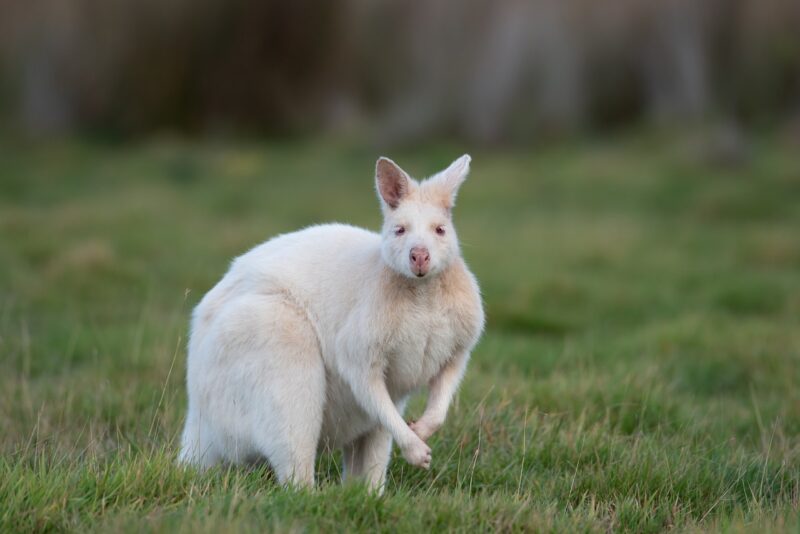
Genetic drift is a mechanism of evolution that brings about changes in the frequency of gene variants in a population due to random sampling. While natural selection is often highlighted as a driving force in evolution, genetic drift plays a crucial role in shaping populations, especially in small groups where stochastic events can have a more significant impact. This article delves into the theories of genetic drift, its implications for evolution, and the broader consequences for biodiversity.
1. Understanding Genetic Drift
Genetic drift occurs when the gene pool of a population changes over time due to random sampling errors. This deviation from expected proportions can influence allele frequencies in a population due to chance events, rather than adaptation or selection pressures. Genetic drift is particularly pronounced in small populations where a few random events (like deaths or births) can significantly alter genetic composition.
Some key points to consider about genetic drift include:
- Random Sampling: Over generations, some alleles may become more common, while others may completely disappear due to random events affecting survival and reproduction rates.
- Population Bottlenecks: A sharp reduction in population size due to environmental events (like natural disasters) can lead to decreased genetic variability, as the new population is composed of a limited number of individuals.
- Founder Effect: When a small group splits off from a larger population to establish a new one, their genetic makeup may not reflect that of the original population, leading to distinct allele frequencies.
These events can significantly impact the evolutionary trajectory of populations, particularly in isolated environments where genetic interchange with other populations is limited.
2. Theoretical Frameworks of Genetic Drift
Several theories and models help to explain genetic drift in evolutionary biology:
A. Wright’s Shifting Balance Theory
Introduced by Sewall Wright in the 1930s, this theory posits that genetic drift plays a critical role in maintaining genetic variability, especially in small populations. According to Wright, genetic drift interacts with natural selection in three distinct phases:
- The variation of gene frequencies in a population due to random events.
- The establishment of new variants in small subpopulations that may be favored by selection.
- The eventual merging of these variations back into the larger population, shaping its evolutionary path.
This model illustrates how genetic drift can induce evolutionary divergence and innovation.
B. Neutral Theory of Molecular Evolution
Proposed by Motoo Kimura in the 1960s, the Neutral Theory argues that most evolutionary changes at the molecular level are the result of random drift of mutant alleles that are selectively neutral. This theory emphasizes that:
- Most genetic variations in populations are neutral and don’t affect an organism’s fitness.
- Genetic drift can have a larger impact on small populations, leading to fixation or loss of alleles.
According to this framework, while natural selection drives adaptive evolution, genetic drift accounts for the majority of genetic variability within populations.
3. Illustrative Examples of Genetic Drift
Real-world examples of genetic drift provide valuable insights into its effects on population dynamics:
A. The Chequila Population
Research on a population of Chequila lizards in a small geographical area revealed significant fluctuations in allele frequencies over a few generations. A chance event such as a drought led to a sudden reduction in the population size. Consequently, specific traits became more prevalent, illustrating the impact of genetic drift on survival traits and genetic diversity.
B. Cheetah Genetic Bottleneck
Studies show that the African cheetah underwent a severe population bottleneck approximately 10,000 years ago, resulting in low genetic diversity among today’s populations. This lack of genetic variation has important implications for the species’ survival and adaptability to environmental changes, as the remaining gene pool is limited.
4. Implications of Genetic Drift for Evolution and Conservation
Genetic drift carries essential implications for both evolutionary theory and conservation biology:
A. Loss of Genetic Diversity
As genetic drift leads to the fixation of certain alleles and the loss of others, it can reduce the genetic diversity within populations. This may hinder the potential for adaptation to environmental changes and increase vulnerability to diseases.
B. Conservation Strategies
In conservation efforts, recognizing the role of genetic drift is vital. Conservation strategies that prioritize large population sizes can help counterbalance the effects of genetic drift, ensuring long-term viability and genetic diversity of endangered species.
5. Conclusion: Balancing Selection with Drift
In summary, genetic drift is an essential evolutionary force that operates alongside natural selection. By understanding the theories behind genetic drift and its implications for populations, we can appreciate how randomness influences genetic variation and drives evolution. Whether studying isolated ecosystems or global biodiversity, acknowledging the effects of genetic drift is crucial for developing effective conservation strategies and understanding the evolutionary processes that shape life on Earth.






